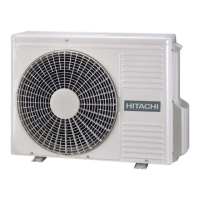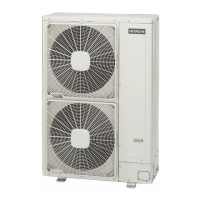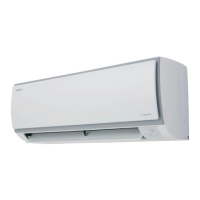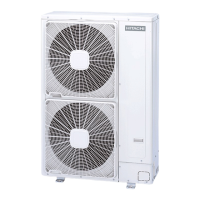a. By touching the + side of the tester to the P1 terminal of ISPM
and the - side of the tester to R and S of ISPM, measure the
resistance. If all the resistances are more than 1 kΩ, it is normal.
b. By touching the - side of the tester to the P1 terminal of ISPM
and the + side of the tester to R and S of ISPM, measure the
resistance. If all the resistances are more than 100 kΩ, it is
normal.
c. By touching the - side of the tester to the N terminal of ISPM
and the + side of the tester to R and S of ISPM, measure the
resistance. If all the resistances are more than 1 kΩ, it is normal.
d. By touching the + side of the tester to the N terminal of ISPM
and the - side of the tester to R and S of ISPM, measure the
resistance. If all the resistances are more than 100 kΩ, it is
normal.
e. By touching the + side of the tester to the P terminal of ISPM
and the - side of the tester to U, V and W of ISPM, measure the
resistance. If all the resistances are more than 1 kΩ, it is normal.
f. By touching the - side of the tester to the P terminal of ISPM
and the + side of the tester to U, V and W of ISPM, measure
the resistance. If all the resistances are more than 100 kΩ, it is
normal.
g. By touching the - side of the tester to the N terminal of ISPM
and the + side of the tester to U, V and W of ISPM, measure
the resistance. If all the resistances are more than 100 kΩ, it is
normal.
h. By touching the + side of the tester to the N terminal of ISPM
and the - side of the tester to U, V and W of ISPM, measure the
resistance. If all the resistances are more than 1 kΩ, it is normal.
8 Troubleshooting
309
SMGB0060 rev. 1- 12/2010
8

